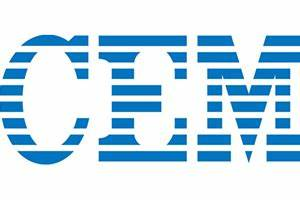Thank you to everyone who attended and participated in the 2024 Boulder Peptide Symposium. We are pleased to announce that videos of the presentations from the Symposium are now available on our website for all of our attendees to view. If you did not attend the meeting, you may purchase access by visiting the video subscription page. A gallery of photos from the event is also available on the website. We look forward to seeing you at BPS 2025 back at the St. Julien Hotel in Boulder, CO beginning on September 15th, 2024.










